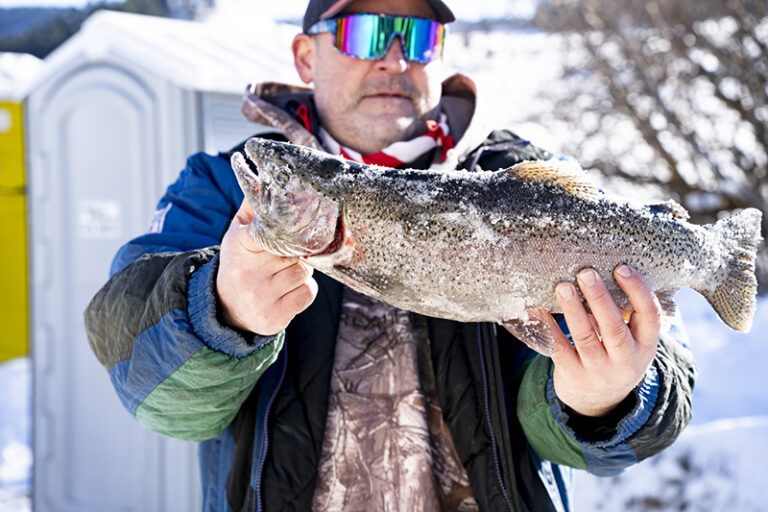Winter in the Inland Northwest can bring about Seasonal Affective Disorder, that general malaise known as SAD. With exercise being one way to ward off SAD, consider the medicinal value offered by winter bike commuting, which provides just the exercise to lift your spirits. If this sounds appealing, here’s how to prepare yourself.
Getting Your Bike Dialed
The first thing is to prepare your bike, having it in tip-top shape. If you are not mechanically inclined, have your local bike shop do it for you. With a working bike, a big concern is the tires. I ride a cyclocross bike with either gravel specific or studded tires. The gravel tires handle wet winter conditions. The studs make an otherwise slick road safely rideable. Studs don’t replace common safety sense, but they will prevent surprise falls on random patches of ice. They also enable me to climb pretty much any hill Spokane has to offer. Some people like to ride with fenders, which keeps the splatter off the feet and backside.
Light Up Your Ride
Visibility is essential for winter commuting, so prepare to see and be seen. If you’ll be riding in the dark, consider 600 lumens the minimum to safely see the road. My front light is 800 lumens, reportedly visible for up to 1.6 miles. My rear light produces 65 lumens and is visible for over a quarter mile. Between the lights, my high-vis jacket with its wide reflective band, and reflective accents on my clothing, I should be plenty visible. Avoid black and dark colors.
What to Wear
Another thing to prepare is your clothing. Dressing for winter cycling is all about the layers. You will be cold at first, but you’ll warm up. I get kitted up from head to toe for my commute. Under my helmet, I wear a beanie. My upper body gets a long-sleeved base layer, a thermal jersey, and a thermal jacket. My hands are snug inside a pair of nordic “lobster” ski gloves. (Two fingers snuggled together are warmer!) I wear cycling shorts beneath thermal tights that are wind and water resistant.
Since my commute is just under 30 minutes, my feet are shod in wool-blend socks and mountain bike shoes. If I think I will take a longer way home, I have neoprene booties and chemical warmers. By the time you read this, Santa will have left some winter cycling boots beneath my tree for even warmer feet. There are other thermal options. If you are a nordic skier or snowshoer, you likely have what you need.
Route Planning
Finally, prepare your route. My normal route takes me down the South Hill, through High Bridge Park, and along Government Way. Winter can turn the park into an ice-bound hell that is no fun, so I’ll ride through Browne’s Addition and down Riverside to Government Way. Even when avoiding traffic, not every day is a good day for a winter commute. I never ride the day after it snows. Instead, I drive until the roadway and enough of the shoulder is cleared and I feel safe.
With a little extra preparation, bicycle commuting is a fundamentally safe and fun way to get around in the winter months. Give it a try, make it a habit, and you’ll be more glad, less SAD. //
Bradley Bleck loves cycling so much he commutes through the cold and wet of winter. He last wrote about the sublime in nature for the October/November 2023 issue of OTO. Bradley teaches English at Spokane Falls CC and loves nearly everything Spokane.
Cover photo courtesy Bradley Bleck













